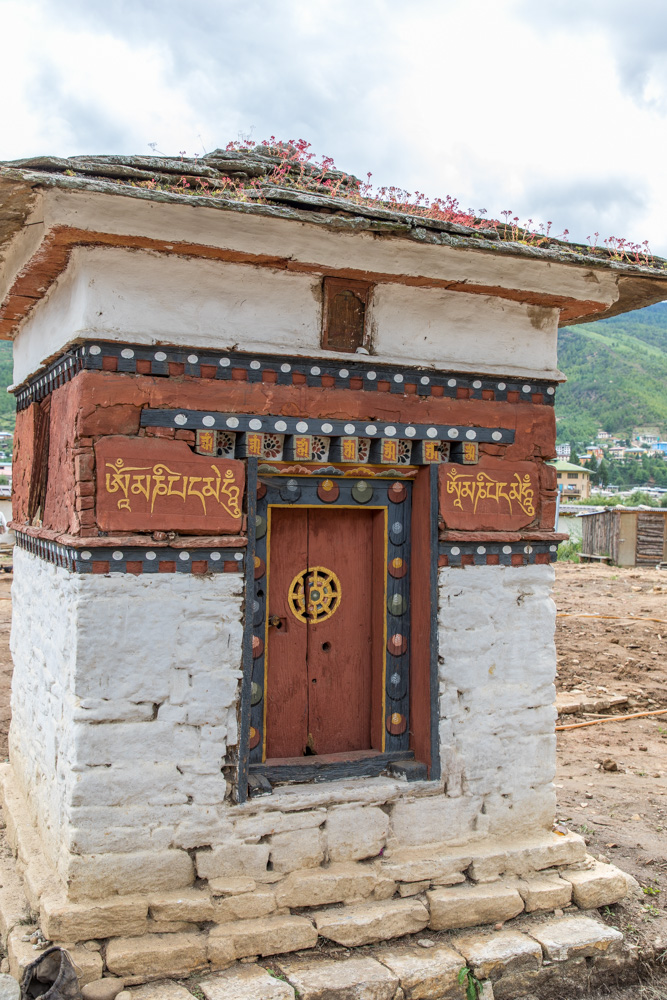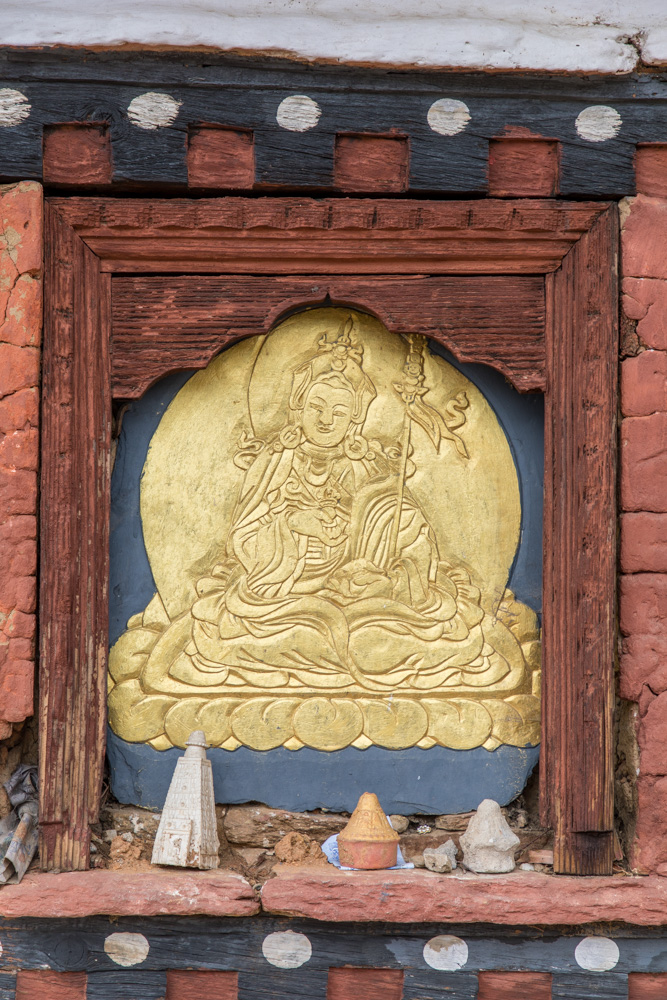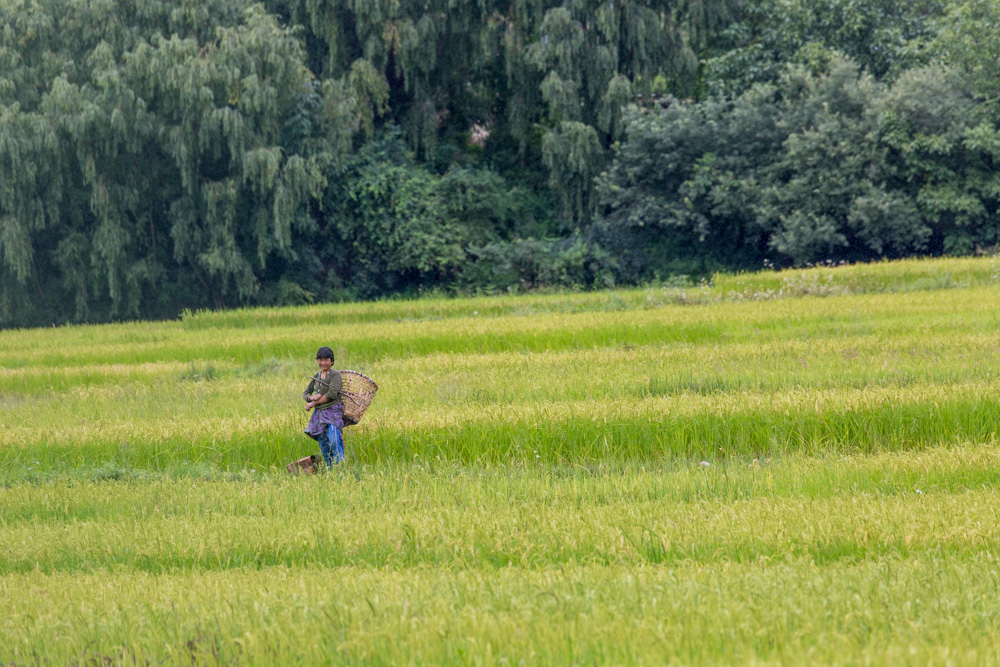Friday, September 6, 2019 -
Sangchen Chokhor monastery was built by Trulku Choglay Shacha Tenzin in 1765.
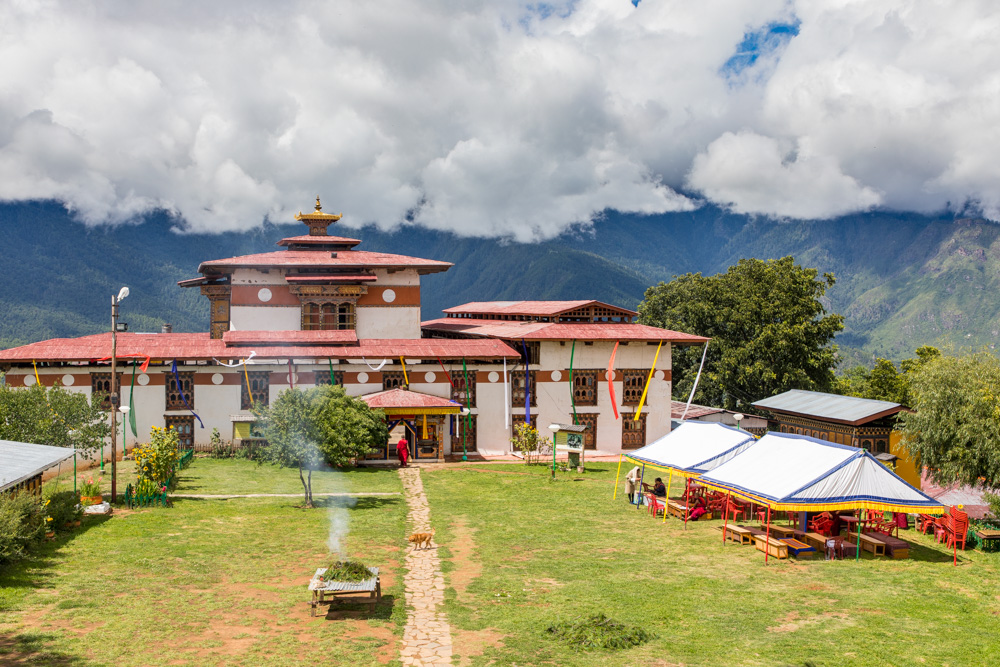
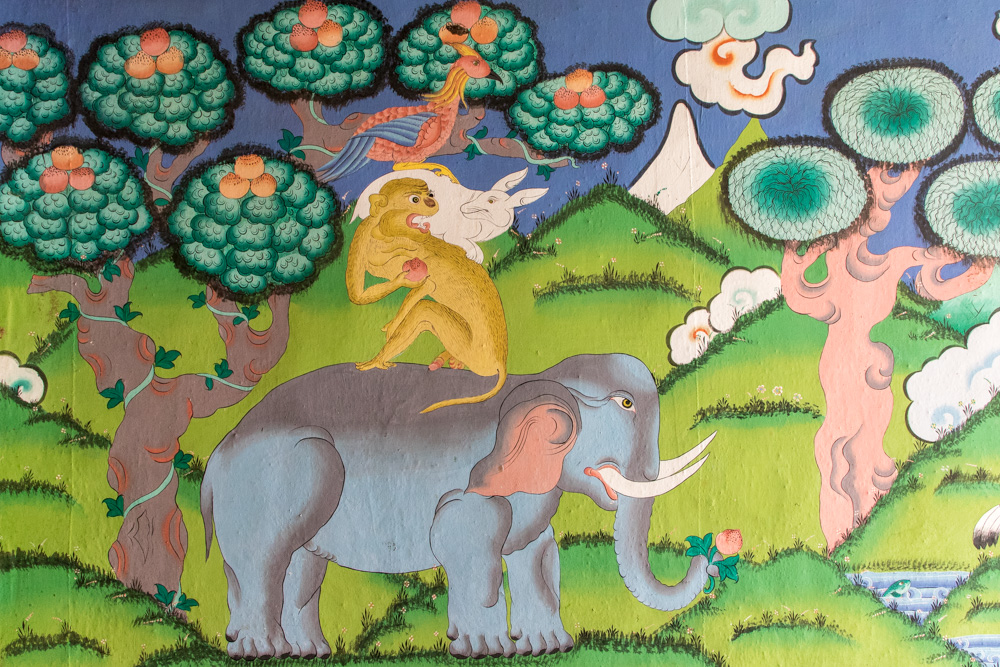




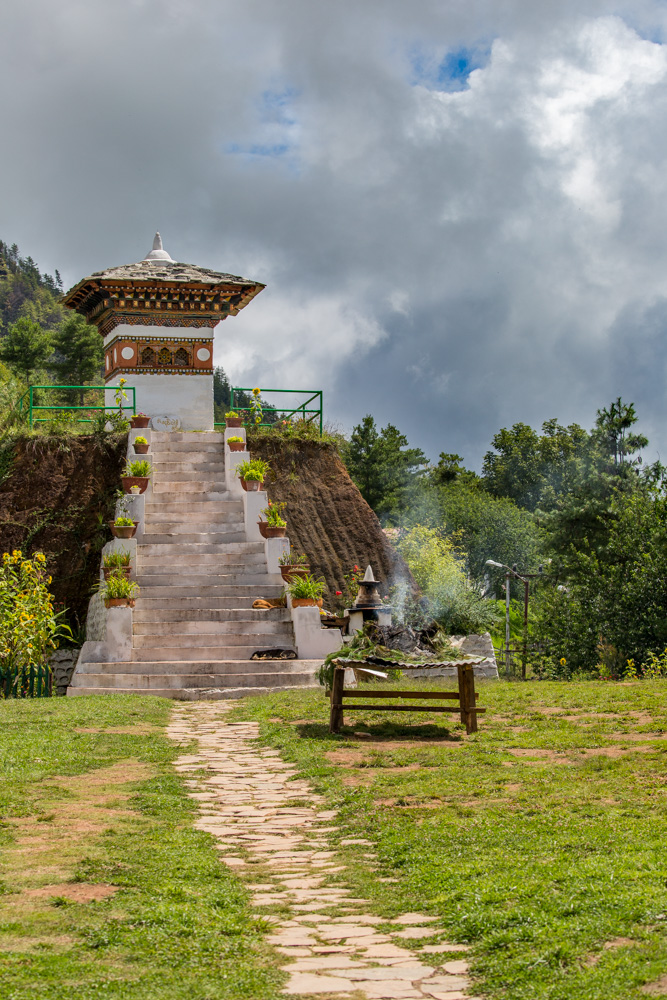
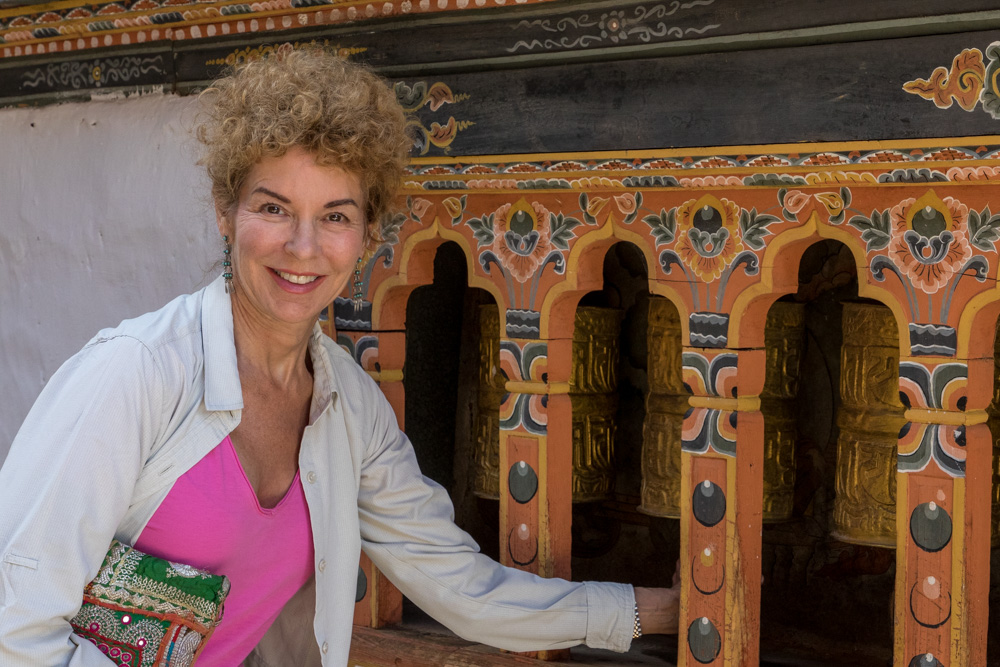

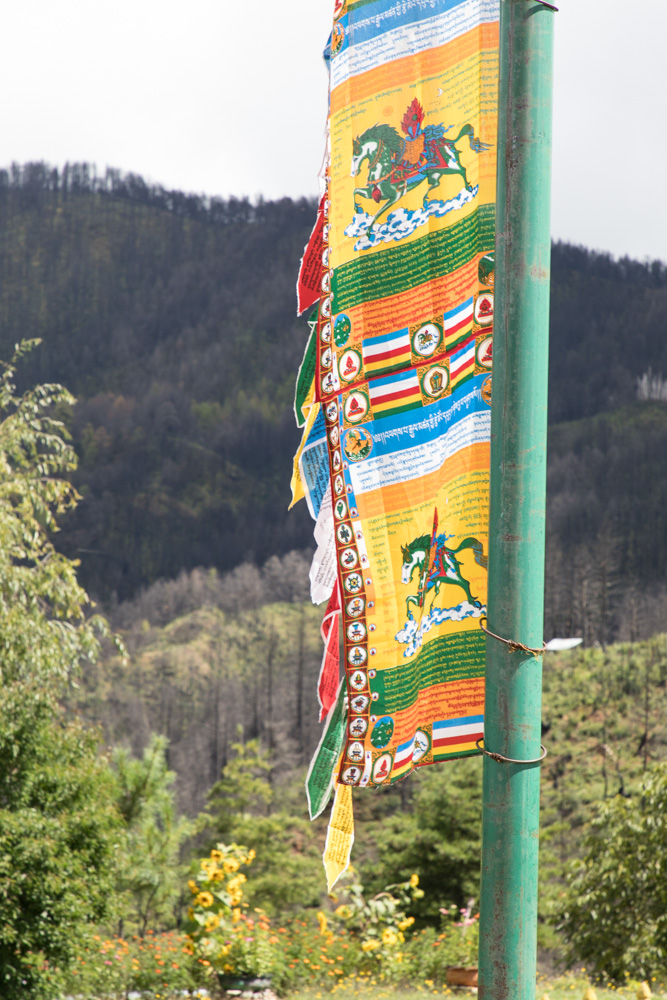
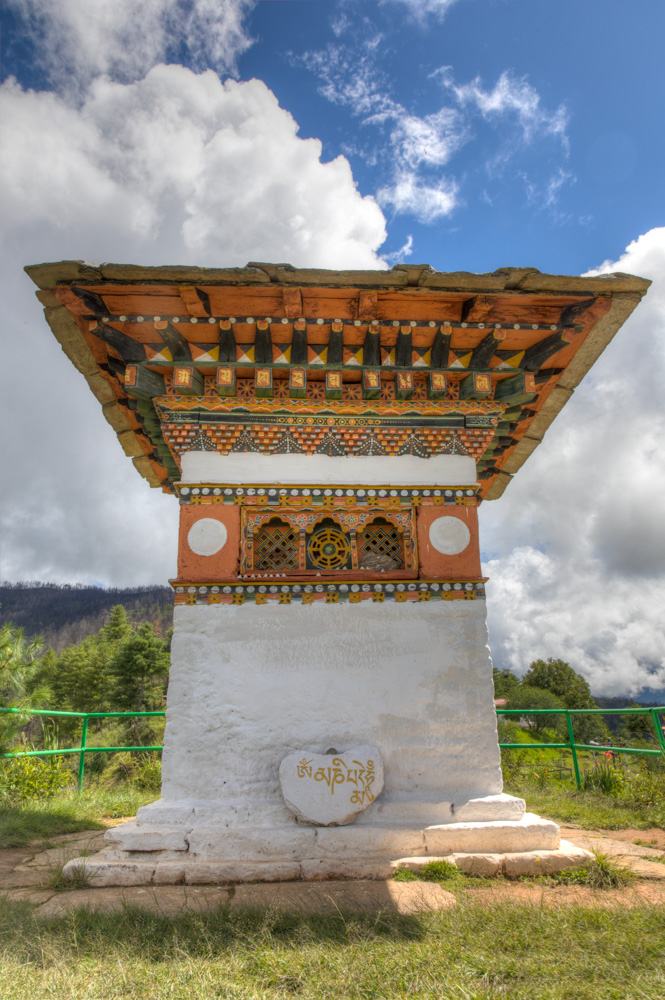
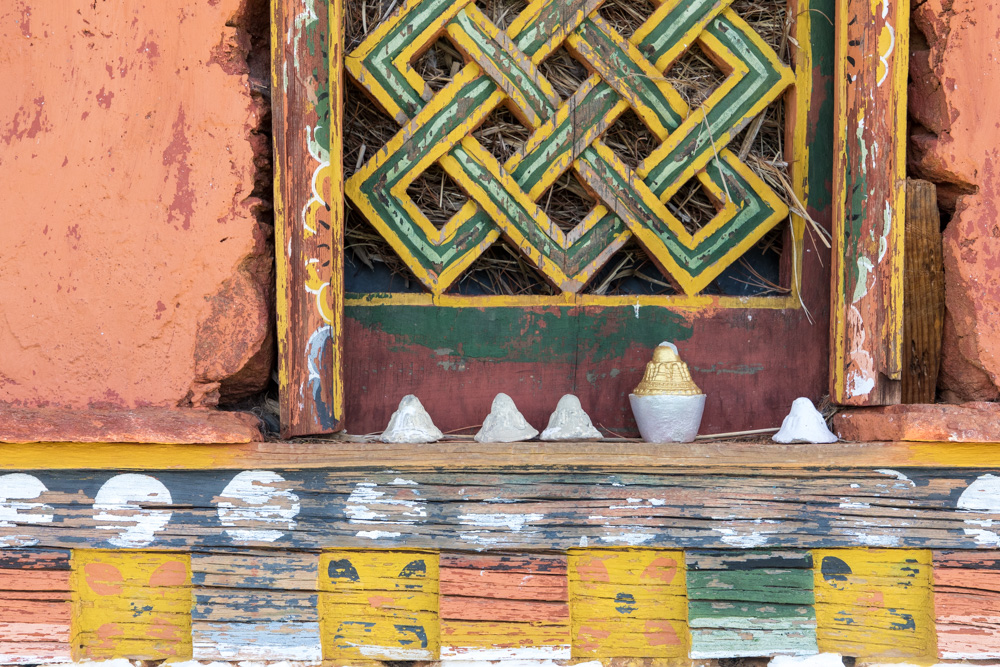
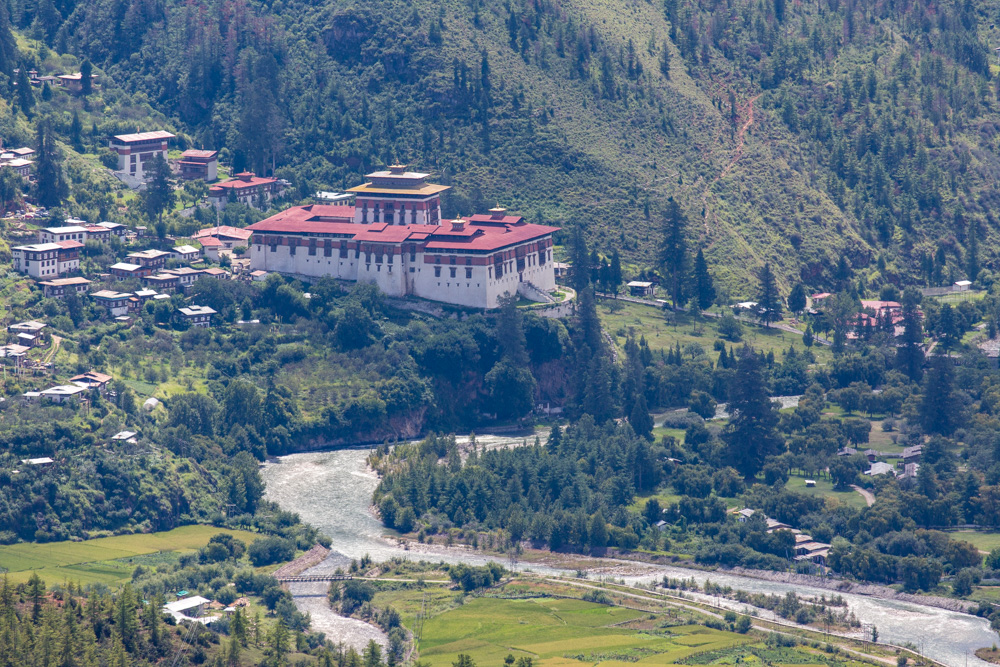



Unfortunately, this building was damaged in an earthquake and a new building houses the museum contents.
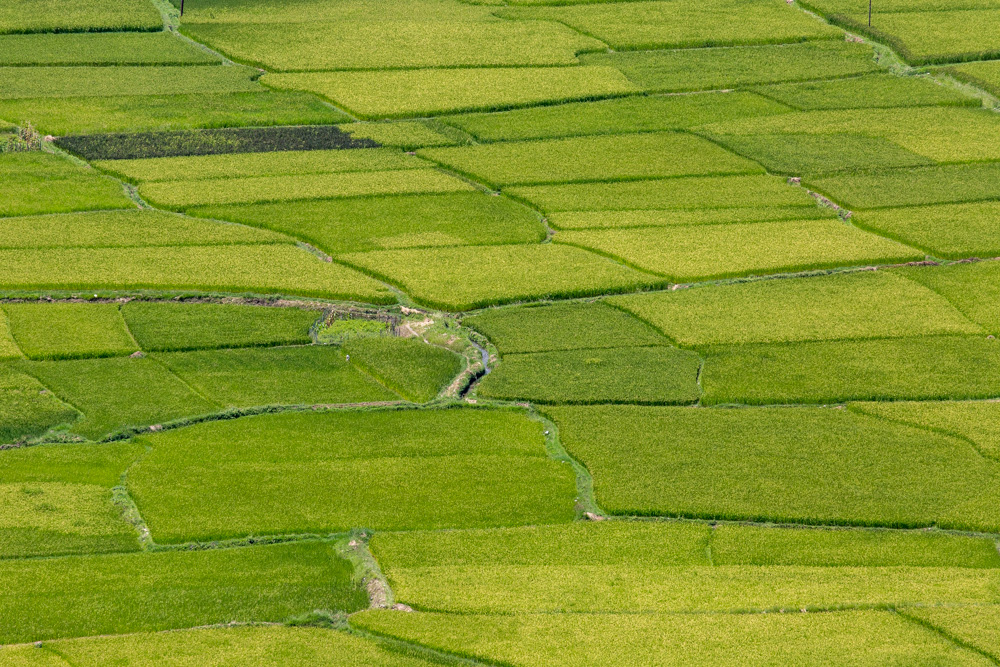
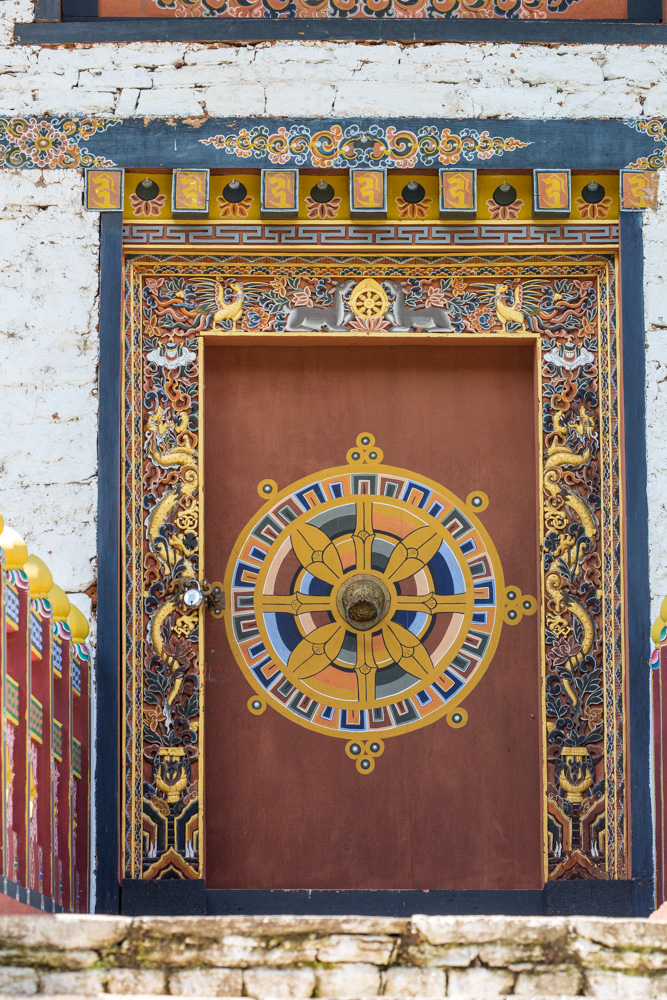
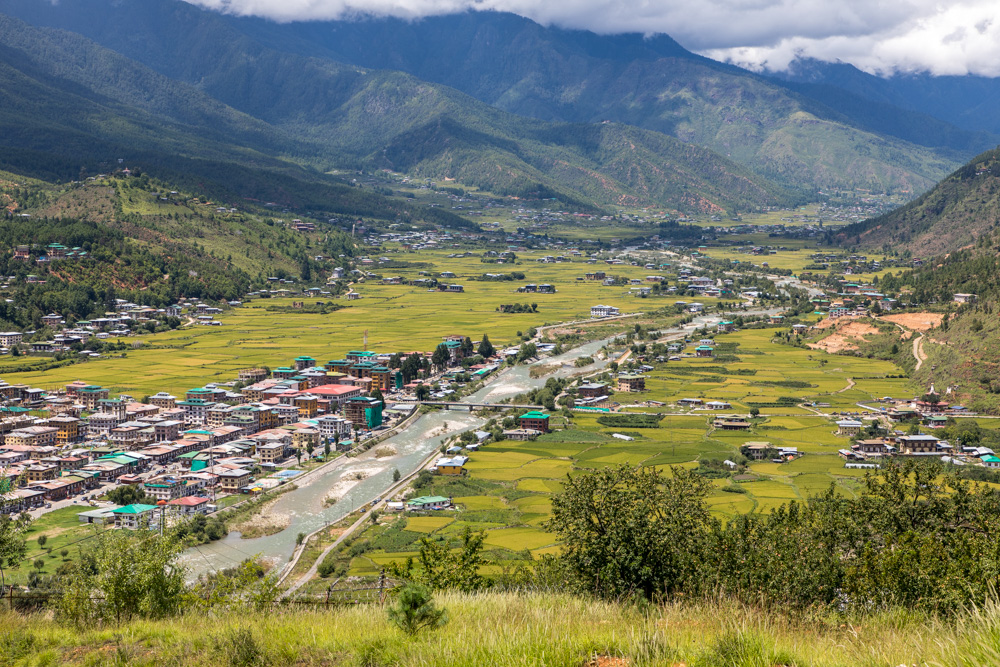
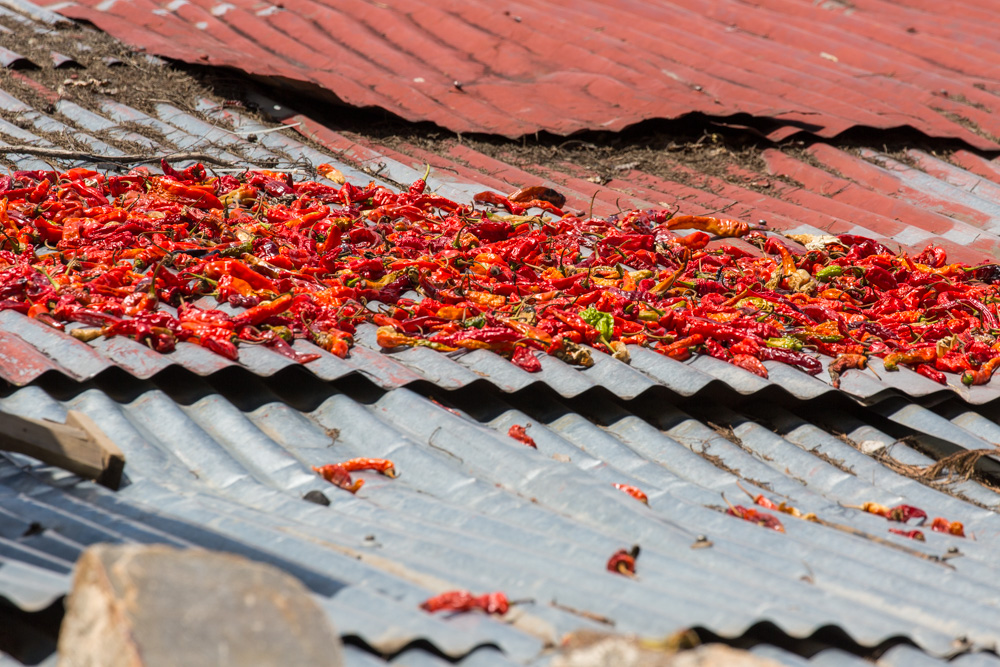
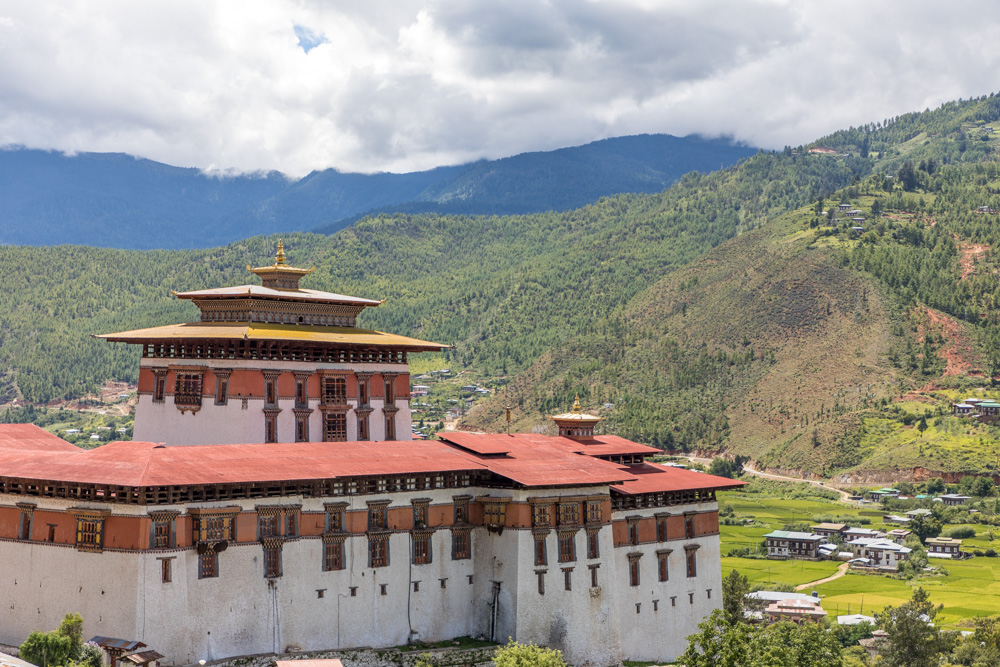
In the 15th century local people offered the crag of Hungrel at Paro to Lama Drung Drung Gyal. He built a small temple there and later a five-storied Dzong or fortress which was known as Hungrel Dzong. In 1644, the Zhabdrung dismantled the existing dzong and laid the foundations of a new dzong. In 1646, the dzong was reconsecrated and established as the administrative and monastic center of the western region and it became known as Rinpung Dzong.
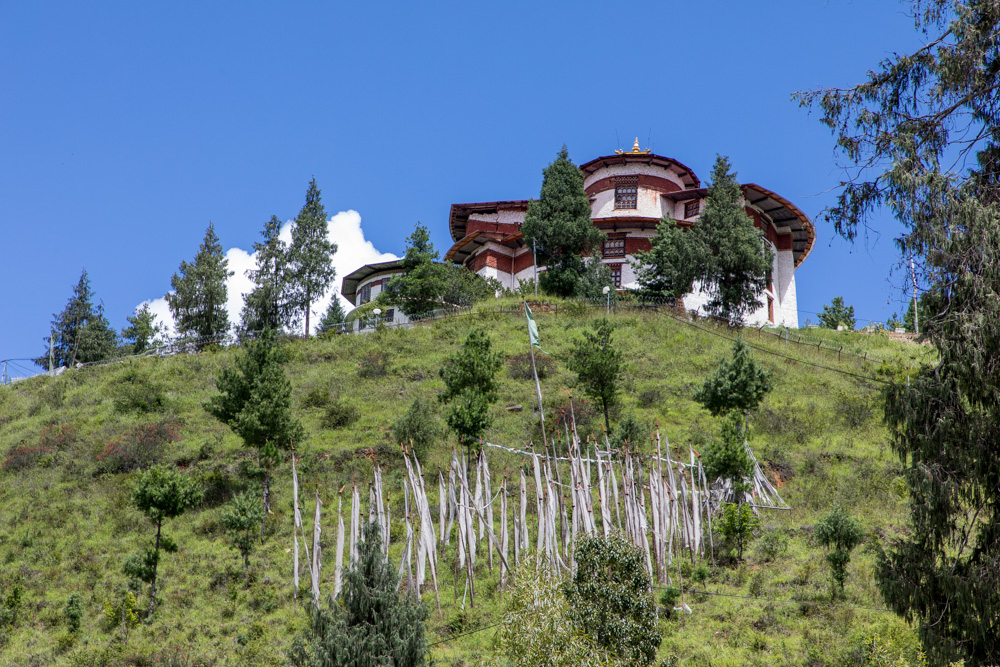
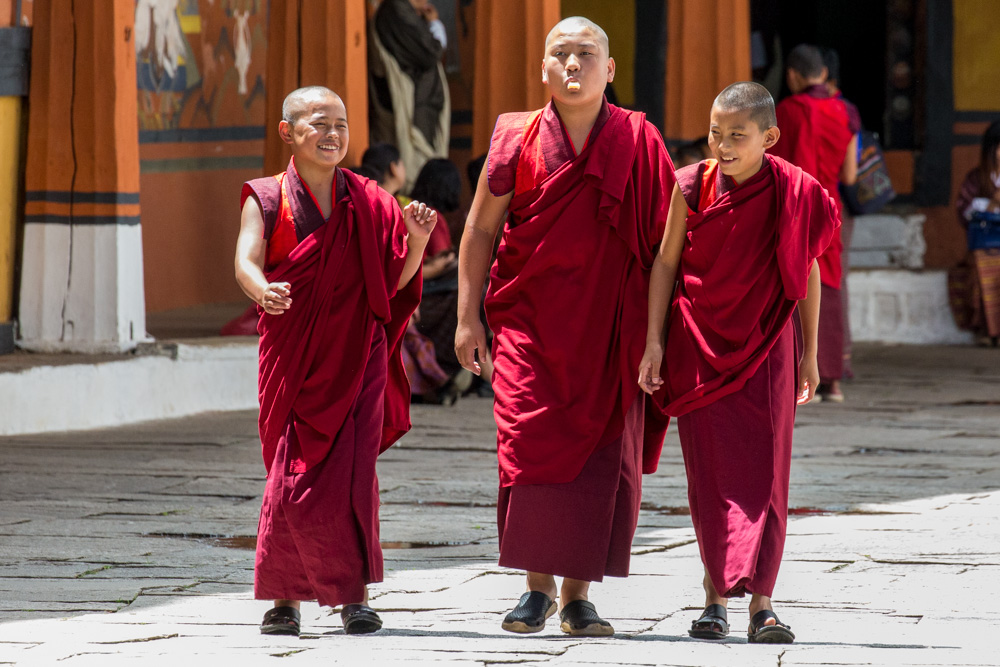
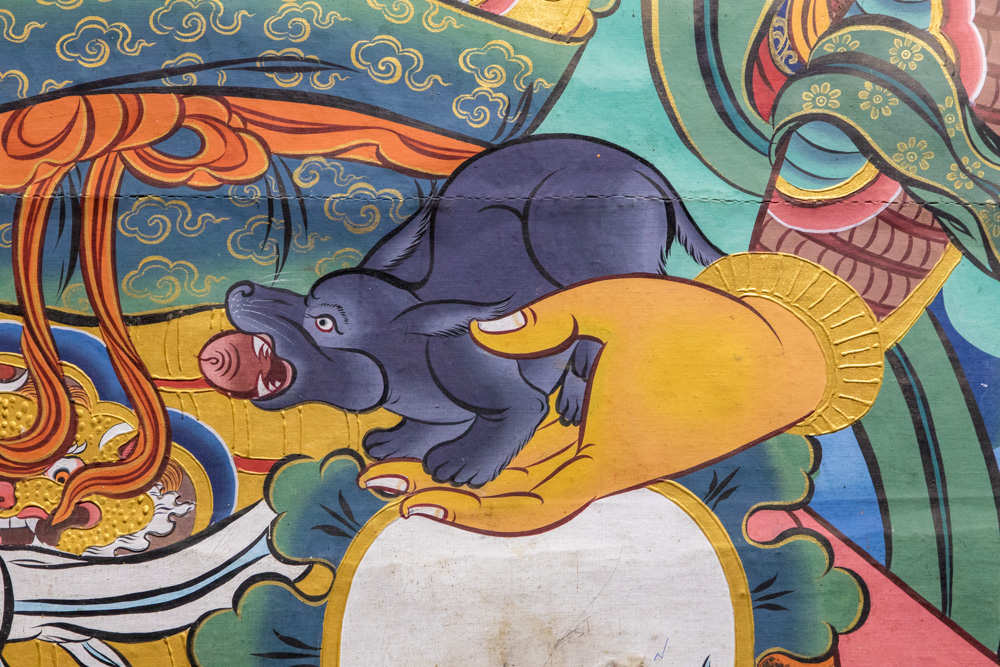






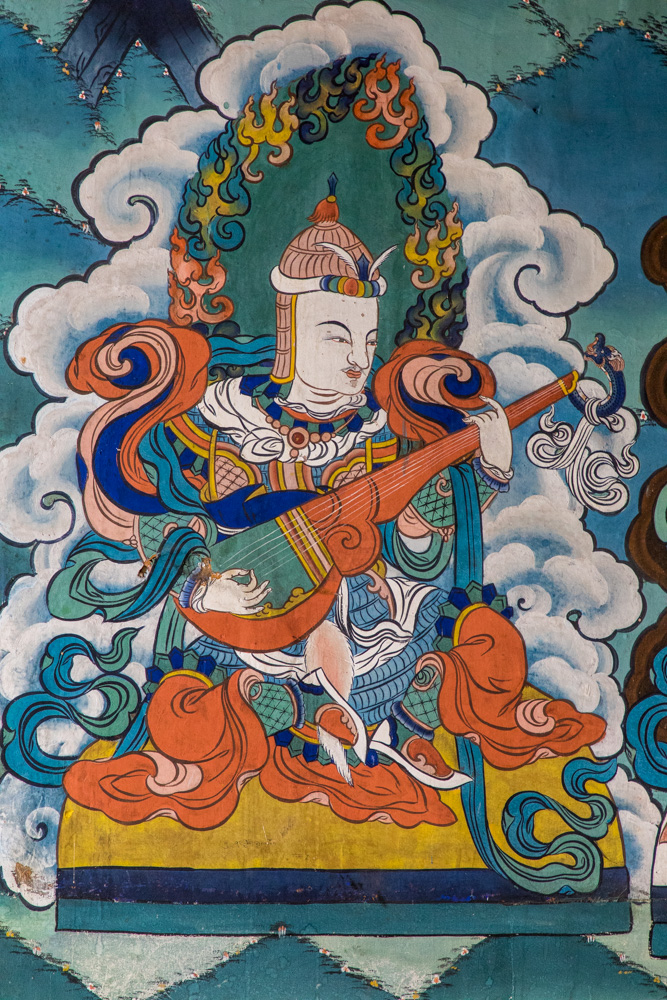

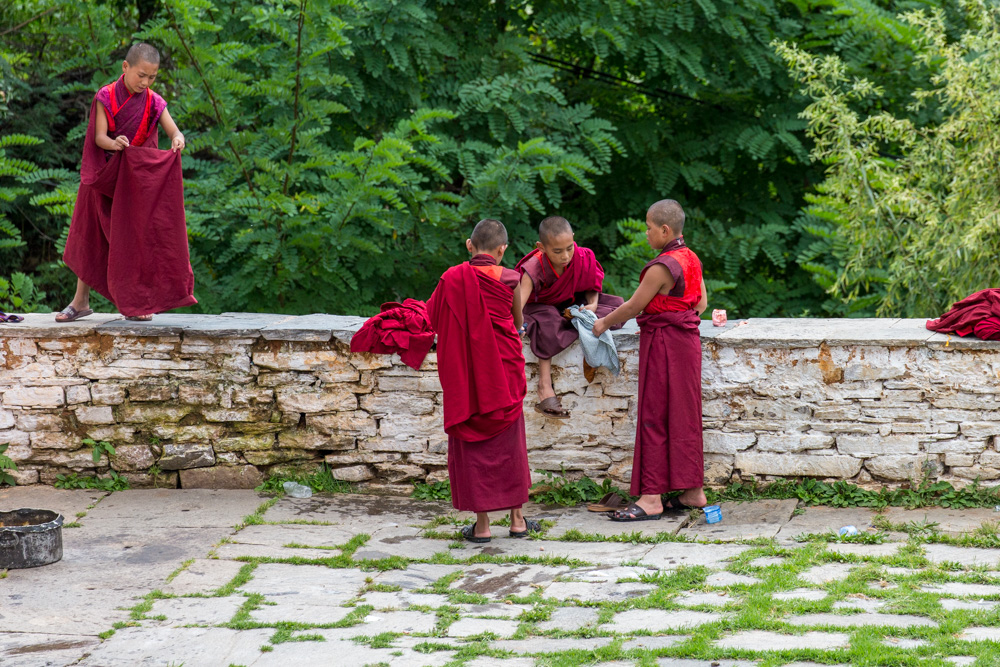

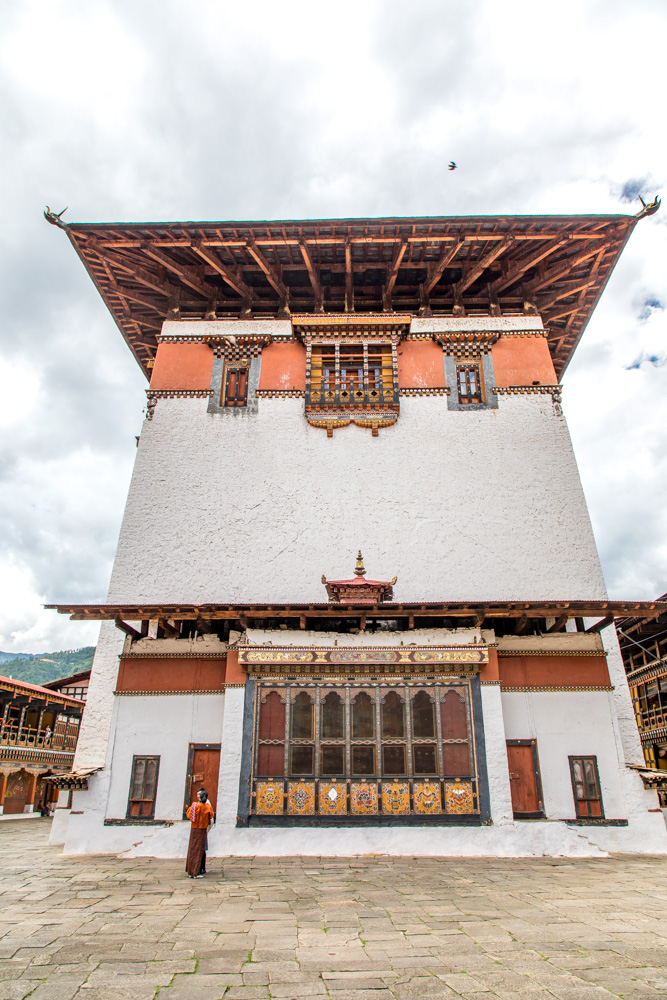
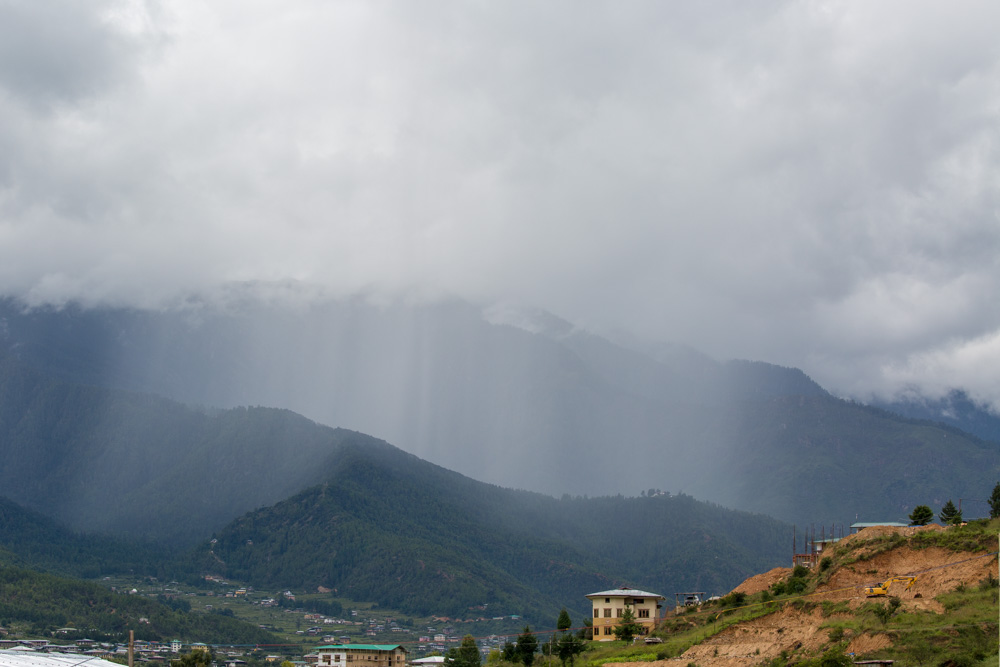

The stupa-temple was built in 1421 by an eminent Tibetan Lama named Thangtong Gyalpo, who is remembered for his building of some eight iron bridges in Bhutan. His reason for building a temple in chorten form is because it is said the demon, Mara, tried to tempt and attack Buddha, but he came out the conqueror.
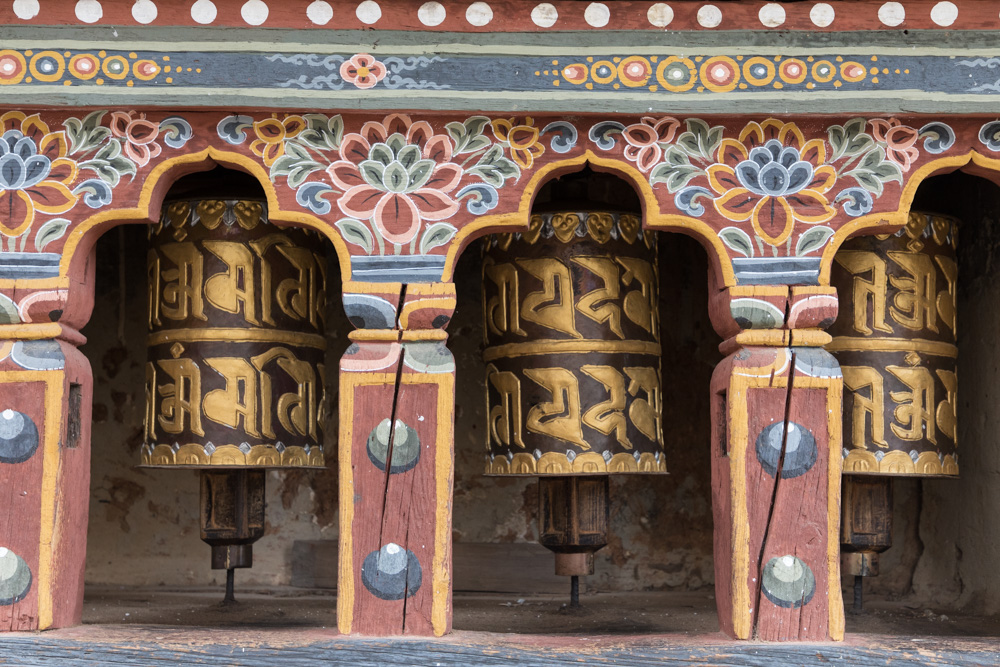
Inside (no pictures) it was very dark - no natural or electric light - only candles. But you could still make out the frescoes on the walls - which went from floor to ceiling and were very intricate.
